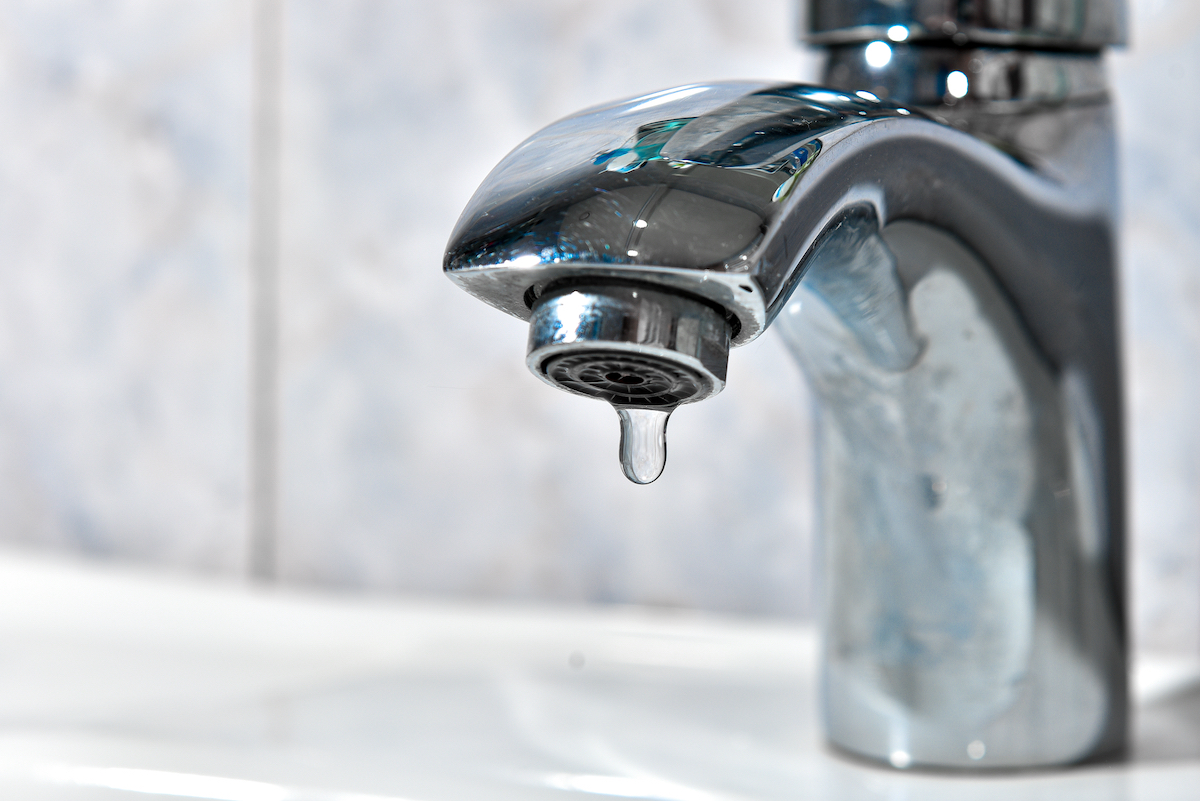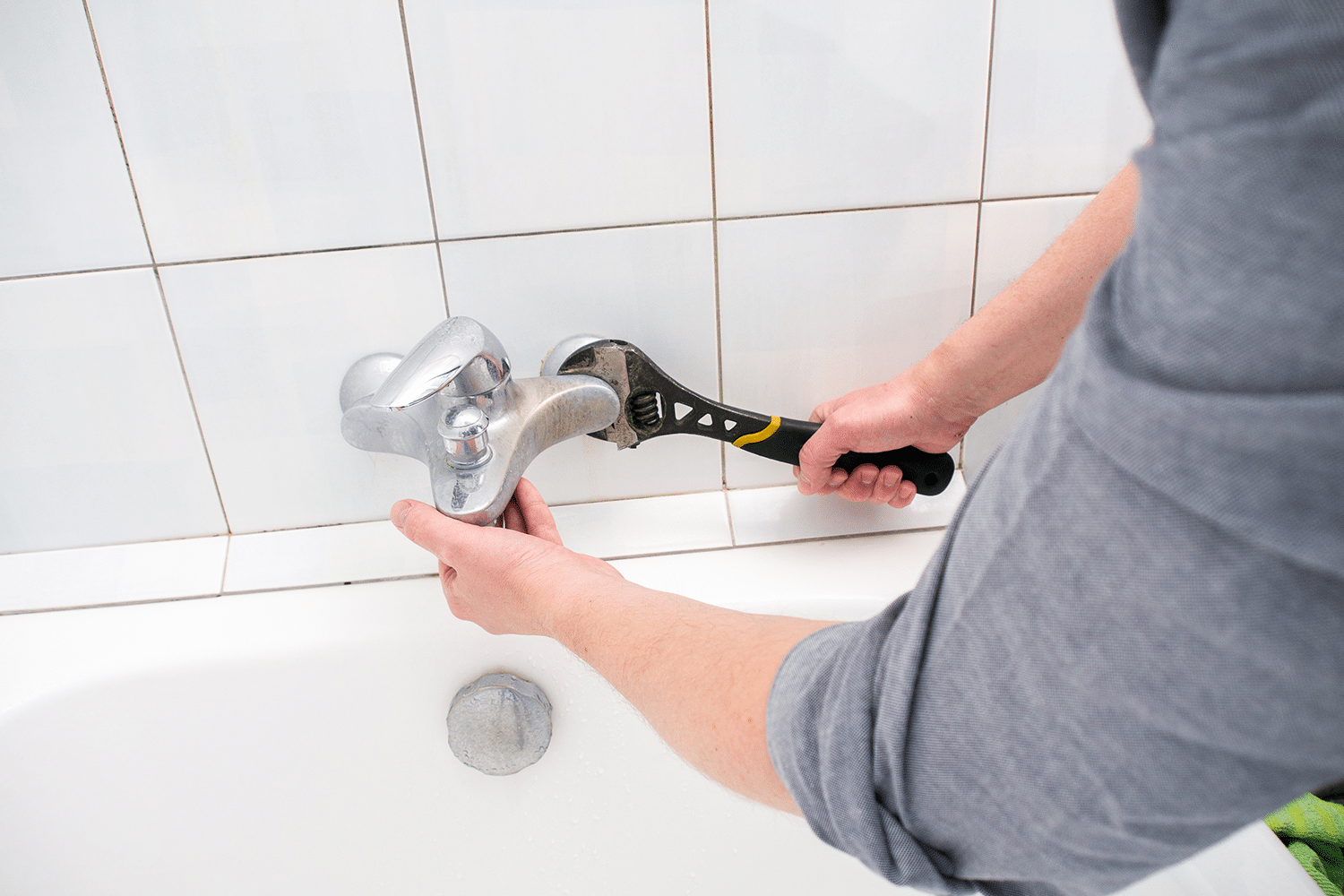Everybody has got his or her own idea on the subject of Water Dripping from Faucet: Why and How to Fix.

Trickling faucets might look like a minor hassle, yet their effect surpasses simply the annoyance of the audio. From wasting water to incurring unnecessary monetary costs and wellness threats, disregarding a trickling faucet can bring about various effects. In this article, we'll explore why it's crucial to address this usual family problem promptly and effectively.
Wastefulness of Water
Environmental Effect
Trickling faucets add considerably to water wastefulness. According to the Epa (EPA), a single tap dripping at one drip per second can lose more than 3,000 gallons of water annually. This not just pressures water sources however also affects ecosystems and wild animals dependent on them.
Step-by-Step Guide to Taking Care Of a Dripping Faucet
Devices Required
Before attempting to deal with a dripping tap, collect the required devices, including an adjustable wrench, screwdrivers, replacement parts (such as washing machines or cartridges), and plumber's tape.
Common Faucet Issues and Their Solutions
Recognize the kind of tap and the details concern causing the drip. Common issues consist of damaged washing machines, corroded valve seats, or defective O-rings. Describe maker guidelines or on-line tutorials for detailed assistance on repair work.
Financial Costs
Boosted Water Costs
Past the environmental impact, dripping taps can blow up water costs substantially. The built up waste in time equates into greater utility expenses, which can have been prevented with timely fixings.
Prospective Building Damage
Moreover, long term dripping can bring about damage to fixtures and surface areas surrounding the tap. Water build-up can cause discoloration, corrosion, and also architectural issues if left neglected, causing added fixing prices.
Health and wellness Concerns
Mold And Mildew and Mildew Growth
The consistent existence of moisture from a dripping tap produces an optimal environment for mold and mildew and mold growth. These fungis not only jeopardize indoor air high quality yet likewise pose health and wellness threats, especially for people with respiratory conditions or allergic reactions.
Waterborne Conditions
Stagnant water in leaking taps can end up being a breeding place for microorganisms and other pathogens, boosting the threat of waterborne conditions. Contaminants such as Legionella bacteria flourish in stagnant water, potentially resulting in major health problems when consumed or inhaled.
DIY vs. Professional Repair
Advantages and disadvantages of DIY Repair Work
While some may try to deal with a leaking faucet themselves, DIY fixings feature their own collection of difficulties. Without proper expertise and tools, do it yourself efforts can intensify the concern or cause incomplete fixings, extending the trouble.
Benefits of Working With an Expert Plumber
Employing a specialist plumber guarantees that the underlying source of the dripping faucet is dealt with successfully. Plumbing professionals have the expertise and equipment to detect and fix tap problems efficiently, conserving time and lessening the risk of more damages.
Ecological Obligation
Private Contribution to Conservation
Taking responsibility for fixing trickling taps lines up with broader efforts towards water preservation and environmental sustainability. Every individual's actions collectively make a considerable impact on protecting priceless resources.
Lasting Living Practices
By prioritizing punctual repairs and taking on water-saving habits, people add to sustainable living practices that profit both existing and future generations.
Safety nets
Normal Maintenance Tips
To stop leaking taps, do routine maintenance such as cleaning aerators, evaluating for leaks, and changing worn-out components without delay. Additionally, take into consideration setting up water-saving devices or upgrading to extra reliable fixtures.
Importance of Prompt Repairs
Resolving dripping taps as soon as they're noticed avoids further water wastefulness and potential damages, ultimately saving both water and cash in the long run.
Influence On Residential Property Value
Understanding of Well-Maintained Residential Or Commercial Property
Keeping a residential property in good condition, consisting of addressing maintenance issues like trickling taps, boosts its perceived worth and desirability among prospective purchasers or occupants.
Impact on Resale Value
Qualities with properly maintained plumbing fixtures, including taps, command greater resale values in the property market. Addressing leaking taps can contribute to a positive impression during property evaluations and settlements.
Final thought
Addressing a dripping faucet goes beyond simple ease; it's an essential action toward preserving water, decreasing monetary expenses, and securing wellness and residential or commercial property. Whether via do it yourself repair work or professional support, acting to deal with dripping taps is a tiny yet impactful way to advertise liable stewardship of resources and contribute to a healthier, much more lasting future.
How to Fix a Leaky Faucet: Step-by-Step Repair Guide
A leaky faucet may seem like a simple annoyance, but if it's not fixed promptly, that leak could cost hundreds to potentially thousands. From water damage to mold, mildew, and high water bills, even a tiny leak can be catastrophic if left unattended. Damage like this can even affect the overall value of your home, so it's important to take the right approach for leaky faucet repair. You may need the help of a plumber in some cases, but we've got a few tips you can try on how to fix a leaky faucet before calling the pros.
Four Faucet Types
When you're learning how to fix a leaky faucet, the first step is knowing what kind of faucet you're working with! There are four common types.
Cartridge Faucets
Cartridge faucets come in one- or two-handled varieties. In one-handled cartridge faucets, hot and cold water combines in a single cartridge. In the two-handled versions, hot and cold water are controlled separately and mixed in the faucet.
Ball Faucets
Ball faucets have a single lever you push up and down to adjust the pressure and rotate to change the temperature. A slotted metal ball controls the amount of water allowed into the spout.
Compression Washer Faucets
They're the oldest type of faucet, but they're still used in many homes — especially older ones. Compression faucets have two separate handles that, when turned, raise or lower the washer that seals a water valve. This valve stops water from flowing through the faucet when it is turned off.
Disc Faucets
Disc faucets rarely need to be repaired due to their maintenance-free design. The water flow is controlled by two discs — the upper one raises and lowers against a fixed lower disc, creating a watertight seal. If your disc faucet starts leaking, you may need to replace the seals or clean residue buildup from the inlets.
Fixing a Leaky Faucet
Step 1: Turn Off the Water
Whether you're learning how to fix a leaky bathtub faucet or how to fix a leaky kitchen faucet, always turn off the water supply to your working area when you're fixing a leak. The last thing you want is a flood added to your list of things to fix.
Look for the shutoff valves below your sink or around the tub and turn them clockwise to stop the water flow. If your faucet doesn't have shutoff valves, you may need to turn off the water for the whole house. Check to make sure it's off by turning the faucet on. If nothing comes out, you're ready to start the repair.
Step 2: Take Apart the Faucet
How you disassemble your faucet depends on the type of fixture you have. You can use a flathead screwdriver to remove the caps on top of the handle or handles for cartridge and compression faucets. Inside, you should see handle screws. Unscrew these with a screwdriver to remove the handle.
Disc- and ball-style faucets will typically have an inlet screw near the handle, and removing that will reveal the interior of the faucet.
Detach the Valve Stem
For cartridge- and compression-style faucets, you'll see the inner valve stem or cartridge once you remove the faucet handles. If you have a compression faucet, unscrew the brass valve stem. If you have a cartridge faucet, pull out the cartridge. If your cartridge has been in place for a while, it may require some tools or extra force to remove it due to mineral deposits.
Examine and Replace Parts
Once you've removed the parts, check them out to confirm what needs to be replaced. You may see corroded rubber washers, O-rings, stems, or cartridges. On a ball-style faucet, check the seats and springs for damage.
If you need to repair a leaky disc faucet, check the inlet and seals on the lower disc.
Once you determine what parts must be replaced, visit your local hardware store. Bring the damaged parts with you to ensure you can purchase the correct components to replace them.
Clean Valves and Faucet Cavity
If you've removed a stem or cartridge, you may notice mineral buildup in the faucet's threads. Use white vinegar to clean the valve seat by soaking it for a few minutes, then scrub it away with a soft toothbrush and rinse with warm water. You can also clean the interior of the faucet in the same way.
Reassemble the Faucet
Once your faucet is cleaned and the required parts have been replaced, it's time to reassemble it. Put the pieces back together and slowly turn the water supply back on. Doing this slowly is crucial because too much initial water pressure can damage the new hardware you've just installed.
https://homewarranty.firstam.com/blog/how-to-fix-leaky-faucet

Do you like reading about Should I Repair or Replace a Leaky Faucet?? Post a short review further down. We will be delighted to hear your thinking about this content. We hope that you visit us again before long. Liked our blog posting? Please share it. Let others locate it. We thank you for your readership.